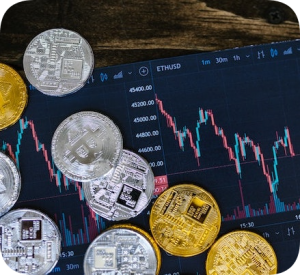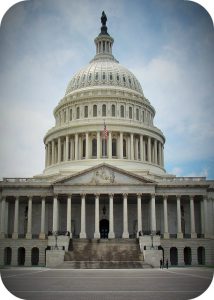 According to consumer watchdogs, for years Bank of America charged customers a variety of “junk fees” while also mishandling accounts. Not only did the financial giant withhold perks that were promised to some credit card holders, but it also double-charged overdraft fees and secretly opened cards in customers’ names without their knowledge. As a result, Bank of America received a $150 million fine from the Office of the Comptroller of the Currency and the Consumer Financial Protection Bureau (CFPB), which Continue reading
According to consumer watchdogs, for years Bank of America charged customers a variety of “junk fees” while also mishandling accounts. Not only did the financial giant withhold perks that were promised to some credit card holders, but it also double-charged overdraft fees and secretly opened cards in customers’ names without their knowledge. As a result, Bank of America received a $150 million fine from the Office of the Comptroller of the Currency and the Consumer Financial Protection Bureau (CFPB), which Continue reading






